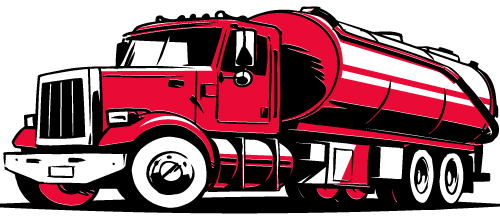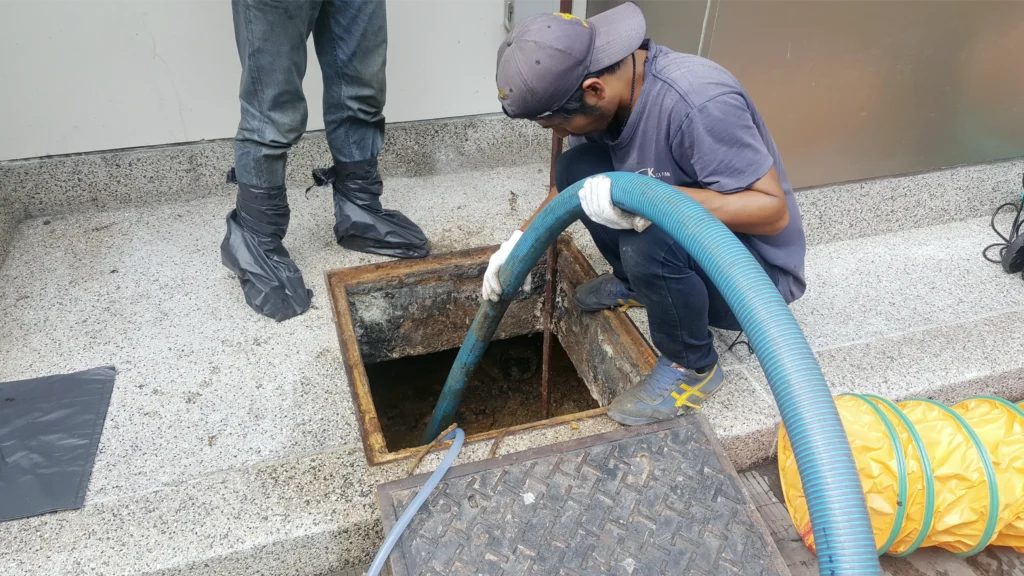A slow-draining sink, shower, or tub may seem like a minor inconvenience at first, but it’s often a warning sign of a bigger underlying problem. Whether it’s a single sluggish drain or multiple fixtures draining slowly, ignoring the issue can lead to backups, damage to your plumbing system, and costly repairs.
In this detailed guide, we’ll break down the most common causes of slow drains, how to diagnose them, and what you can do to restore your plumbing system to peak performance.
1. Build-Up of Hair, Soap Scum, and Debris
In bathrooms, slow drains are often caused by a combination of hair, soap residue, and dirt accumulating over time. Hair clumps together and traps soap scum, creating a sticky mass that reduces the diameter of your pipes and slows water flow.
Common indicators:
- Water pools in the shower while you’re bathing
- Gurgling noises from the drain
- Bad odor from trapped organic matter
Prevention tip: Use a drain screen to catch hair before it enters the pipes, and clean it regularly.
2. Grease and Food Waste Buildup
In kitchens, grease and oil are the top culprits. Even if you rinse with hot water, grease cools and solidifies inside your pipes, sticking to the sides and catching food particles. Over time, this creates a thick coating that restricts water flow.
Warning signs:
- Drain smells rancid or sour
- Water backs up in the sink when using the garbage disposal
- Gurgling from the kitchen drain
Prevention tip: Avoid pouring grease, oil, or coffee grounds down the sink. Wipe pans with a paper towel before washing.
3. Partial Pipe Blockages
A partial blockage can form deep inside your plumbing system due to mineral deposits, corrosion, or lodged debris. Even if water eventually drains, the restriction causes slower flow and can lead to a complete blockage if ignored.
Likely causes:
- Hard water mineral buildup
- Rust inside aging metal pipes
- Foreign objects accidentally flushed or dropped into drains
Solution: Professional drain cleaning methods such as hydro jetting or mechanical augers can remove stubborn blockages without damaging your pipes.
4. Vent Pipe Issues
Your plumbing system has vent pipes that allow air to flow, preventing a vacuum from forming in your drains. If these vents are blocked by leaves, debris, or animal nests, water flow slows and you may hear gurgling sounds as air struggles to pass.
Symptoms of a blocked vent:
- Multiple drains slow at the same time
- Strong sewer odor indoors
- Bubbling or gurgling after flushing toilets
Fix: A licensed plumber can safely inspect and clear your vent pipes, usually located on your roof.
5. Tree Root Intrusion in Sewer Lines
Tree roots are naturally drawn to moisture, and tiny cracks in underground sewer pipes can be an open invitation. Once roots penetrate, they grow inside the pipe, creating severe obstructions that slow drainage across the entire house.
Signs of root intrusion:
- Slow drains in multiple areas
- Frequent clogs despite cleaning
- Sewage odors in the yard
- Gurgling toilets
Solution: Specialized root-cutting equipment or sewer line replacement may be needed to fully resolve the problem.
6. A Full or Failing Septic Tank
If you have a septic system, slow drains throughout the home may signal that your septic tank is full or your drain field is struggling. As the tank reaches capacity, wastewater has nowhere to go, leading to slow drainage and potential backups.
Warning signs:
- Odors in the yard above the tank or drain field
- Pooling water or unusually lush grass over septic areas
- Gurgling in drains when running water
Action: Schedule a septic inspection and pumping if it’s been more than 3–5 years since your last service.
7. Collapsed or Damaged Sewer Lines
Older homes with clay or cast iron pipes are particularly vulnerable to pipe collapse or major damage due to shifting soil, corrosion, or heavy traffic overhead. When this happens, wastewater flow is severely restricted.
Common red flags:
- Multiple drains slow at once
- Sewage backups in the lowest drain in the house
- Yard depressions or sinkholes near sewer lines
Repair: Sewer camera inspections can confirm the problem, and trenchless sewer repair may be an option to avoid full excavation.
8. Incorrect Pipe Slope or Installation
If pipes are installed with too steep or too shallow a slope, water won’t flow as intended. Over time, debris can settle in low spots, creating partial blockages.
Symptoms:
- Persistent slow drainage in new builds or remodeled areas
- Drain issues appear soon after installation
- Frequent need for snaking
Solution: A licensed plumber can measure the slope and adjust the piping to meet plumbing code requirements.
How to Diagnose the Cause of Slow Drains
You can often narrow down the cause of a slow drain by noting:
- Is it one drain or multiple drains?
- One drain: Likely a localized clog.
- Multiple drains: Could indicate a main sewer line issue.
- Where is the drain located?
- Kitchen: Likely grease or food buildup.
- Bathroom: Likely hair and soap scum.
- Entire home: Possible septic, sewer, or venting issue.
- Do you hear gurgling or smell odors?
- Odors often point to venting problems or septic issues.
- Gurgling may signal partial blockages or vent pipe issues.
When to Call a Professional
While DIY fixes like plunging or using a drain snake can solve minor clogs, recurring or widespread slow drains require professional attention. A plumber can:
- Use camera inspections to see inside your pipes
- Perform hydro jetting to remove buildup
- Repair or replace damaged lines
- Address septic or sewer system failures
Preventing Slow Drains in the Future
Avoid flushing non-biodegradable items such as wipes, paper towels, or hygiene products
- Use drain screens in showers and sinks
- Dispose of grease and oils in the trash, not the drain
- Have your septic tank pumped regularly if applicable
- Schedule annual plumbing inspections to catch problems early
Conclusion: Don’t Ignore a Slow Drain
A slow drain is rarely just a minor inconvenience—it’s a signal from your plumbing system that something isn’t right. Acting quickly can prevent further damage, save you money, and keep your home’s water flowing smoothly.
If your drains are sluggish, contact a professional plumber or septic service today to identify and resolve the problem before it escalates.
#SlowDrainSolutions #CloggedDrainFix #PlumbingMaintenance #SepticSystemCare #DrainCleaningTips

